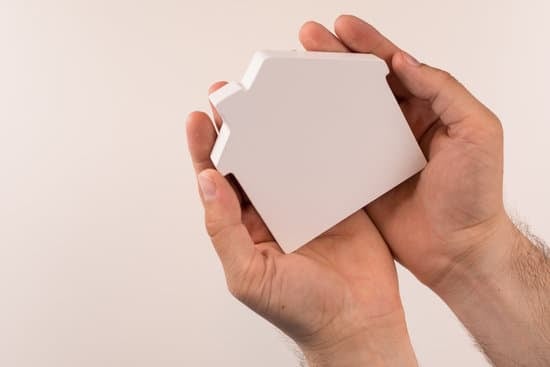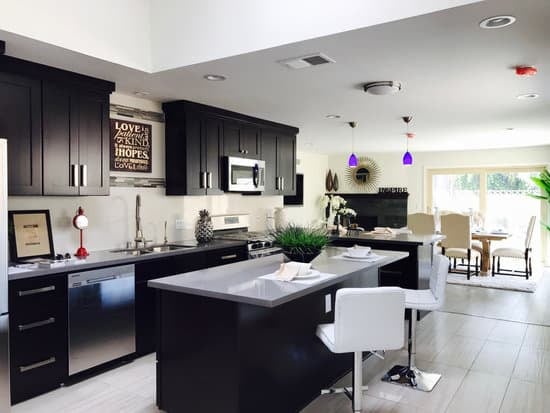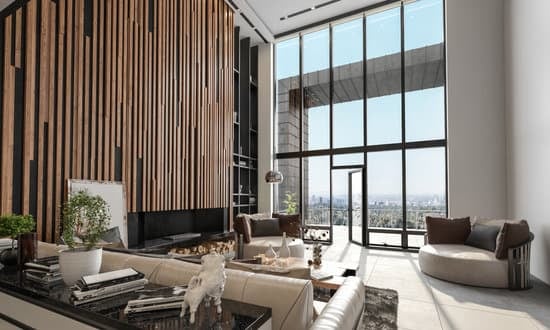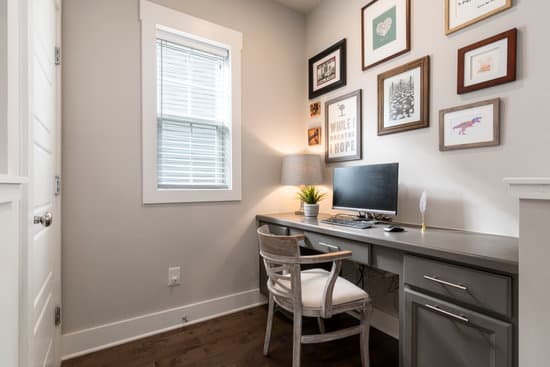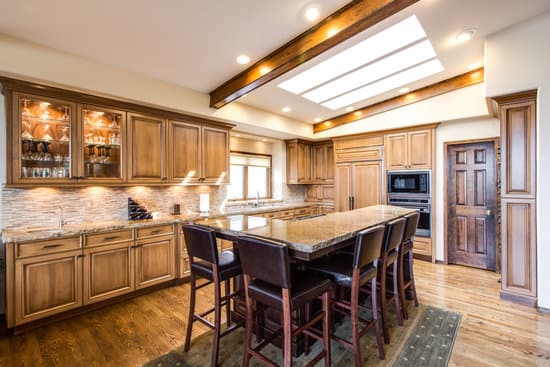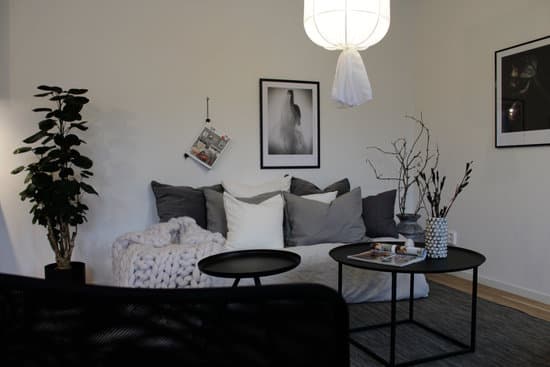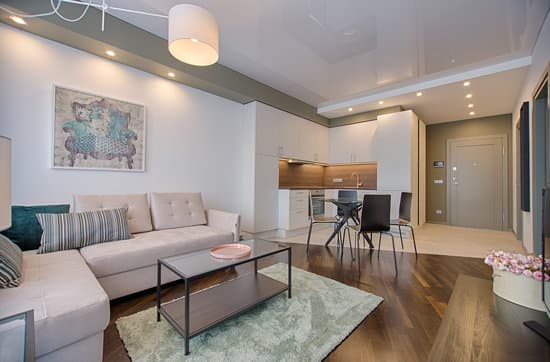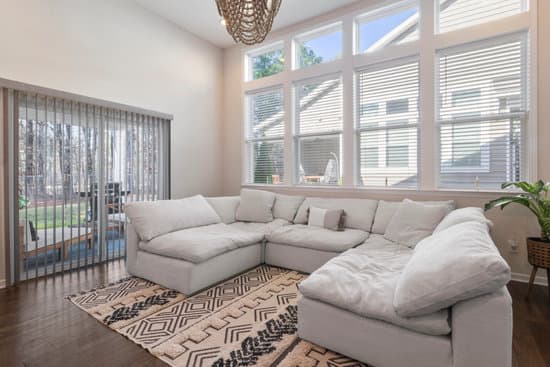Japanese Zen interior design is a minimalist and peaceful style that focuses on creating a serene and tranquil atmosphere in the living space. It incorporates natural elements and fluid lines to evoke a feeling of calmness and relaxation. Here are some key features of Japanese Zen interior design:
Minimalism: The first rule of Zen interior design is to keep things simple. This means decluttering the living space and opting for furniture and decor that serves a purpose and is not just for show.
Natural materials: Wood, bamboo, stone and other natural elements are the cornerstone of Zen design. They add texture and warmth to the space while creating a connection between the indoors and outdoors.
Neutral color palette: Zen design typically features neutral hues like beige, white, grey and black. This color scheme helps to create a calming and soothing environment that is free of distractions.
Uncluttered lines: The furniture in a Zen-inspired space should have clean, clear and uncluttered lines. This creates a sense of openness and spaciousness, which is important for achieving a peaceful atmosphere.
Multipurpose spaces: In a Zen home, every space should serve multiple purposes. For example, a living room can double as a meditation space, and a bedroom can double as a yoga studio.
By incorporating these key features, anyone can create a Japanese Zen inspired interior design that is both inviting and tranquil.





